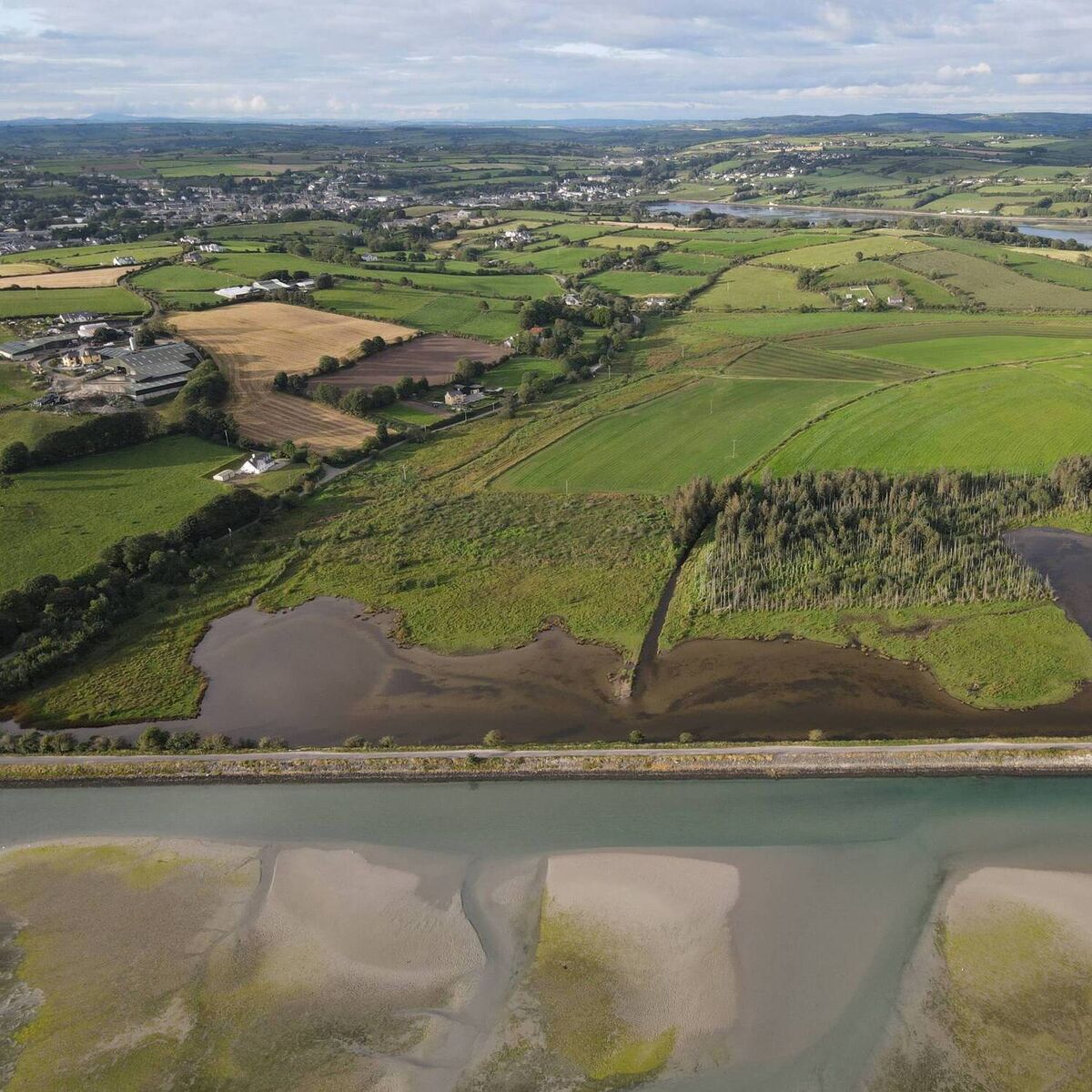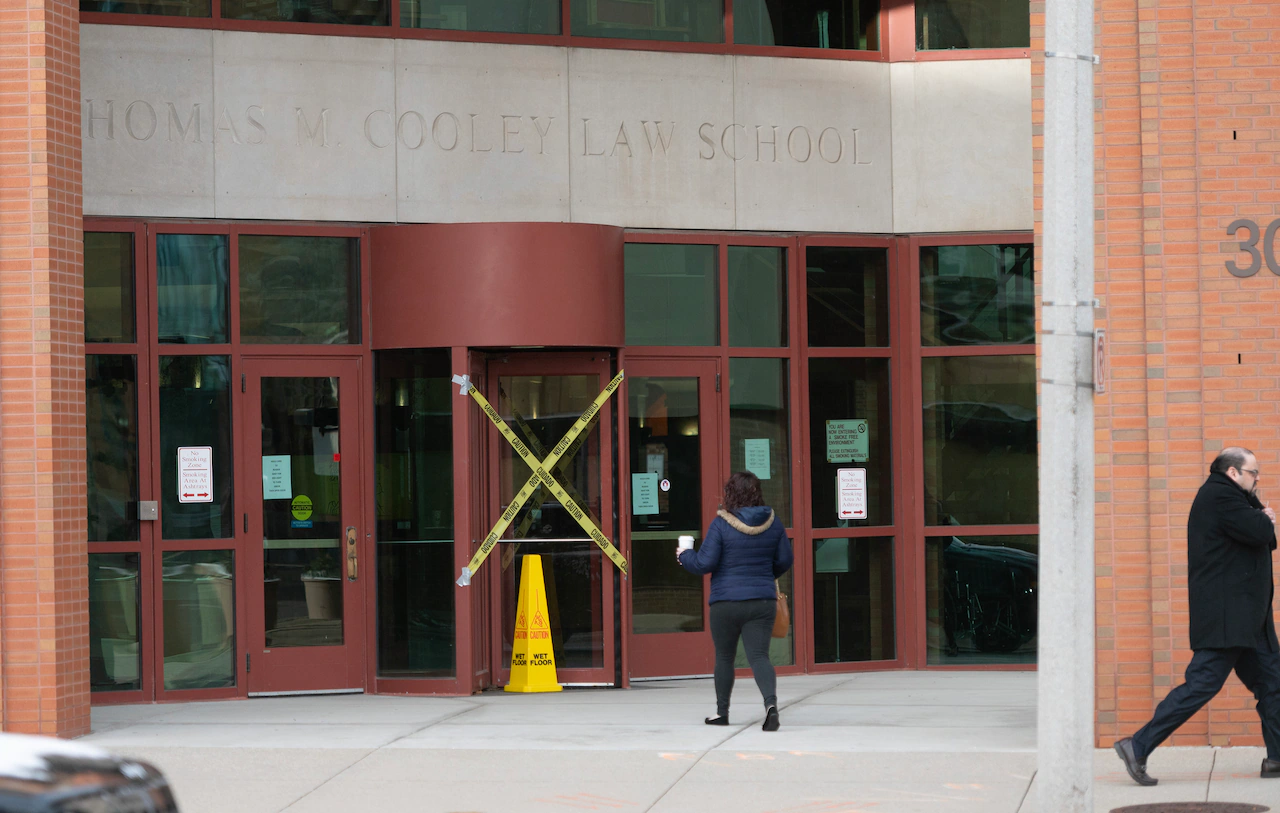By EchoLive.ie,John O’shea
Copyright echolive

A Cork minister has announced that the state has completed the purchase of a unique natural heritage site in West Cork.
Minister of state for nature, heritage and biodiversity Christopher O’Sullivan has confirmed details of the state purchase of 98.5 acres of land at White’s Marsh in Inchydoney.
The site, which is also known as the Island Strand Intake, has been purchased for wildlife conservation and will be managed by the National Parks and Wildlife Service.
White’s Marsh is located within the Clonakilty Bay Special Area of Conservation for wildlife conservation (SAC) and Clonakilty Bay Special Protection Area (SPA) for the protection of birds.
Minister O’Sullivan said by securing White’s Marsh for nature and biodiversity the state is protecting its wetlands, grasslands and bird habitats.
“There is so much potential for this site, in particular to restore the valuable grasslands and wetlands habitats and manage them for nature. It also presents opportunities for education and awareness raising about the importance of these protected habitats.”
Minister O’Sullivan said the vision for White’s Marsh includes the restoration of land within White’s Marsh to semi-natural habitats, to enhance the habitat available for foraging and roosting wintering waterbirds in the area.
It will involve expanding the area of terrestrial wetlands and creating habitats which are absent from the site at present, including freshwater pools and brackish scrapes. It also includes the development of a green, protected outdoor hub for walking, environmental education and awareness, and the creation of a heritage destination that celebrates the site’s history and its special place in West Cork folklore. The site is adjacent to Clogheen Marsh, owned by NPWS and which was recently restored as a semi natural habitat to increase its biodiversity.
The site was formerly part of the Clonakilty estuary. However in the mid-1800s, a series of causeways and seawalls were constructed to separate Island Strand Intake from the estuary as part of a land reclamation project.
During this period, a network of drains was installed which still exist today and ultimately drain into the estuary through a flap valve system.



